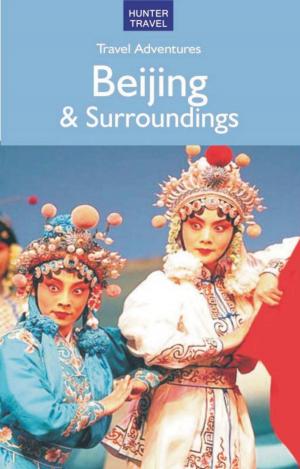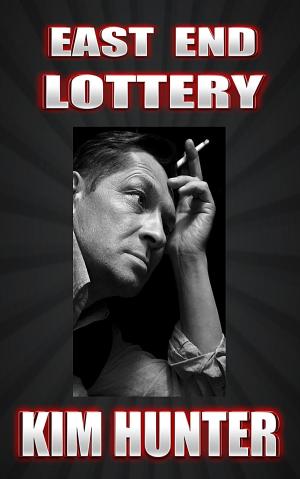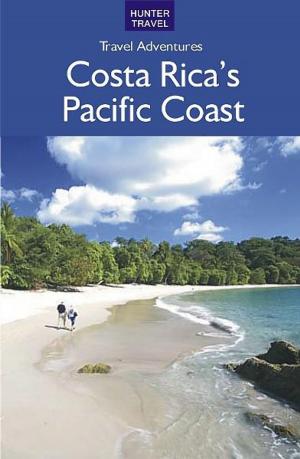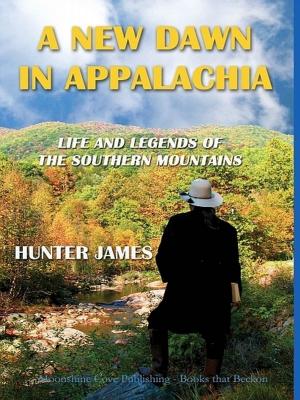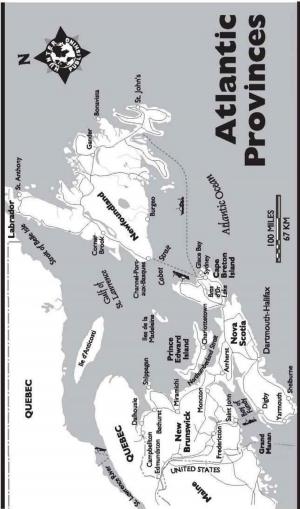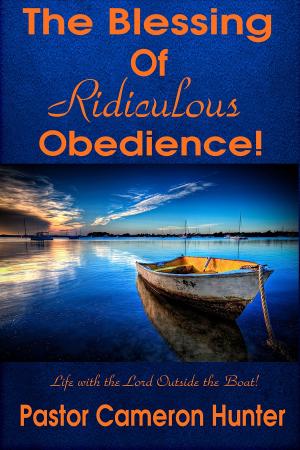| Author: | Thomas Booth | ISBN: | 9780935161663 |
| Publisher: | Hunter | Publication: | January 18, 2012 |
| Imprint: | Language: | English |
| Author: | Thomas Booth |
| ISBN: | 9780935161663 |
| Publisher: | Hunter |
| Publication: | January 18, 2012 |
| Imprint: | |
| Language: | English |
Vanuatu, a cluster of 13 large islands and 80 small ones in the southwest Pacific, 1,300 miles east of Australia, has had a kaleidoscopic past. Formerly known as the New Hebrides, it was administered as a British-French Condominium, referred to as "pandemonium" and the events surrounding independence in 1980 had Gilbert and Sullivan qualities. Then there are the languages they speak: French, English, 105 indigenous tongues, and the wonderful common language, Bislama. The islands of Vanuatu, formerly called the New Hebrides, stretch in a north-south direction for 500 miles, and have a land mass of 6,500 square miles. Some of the small islands are coral atolls, the larger ones are volcanic in origin, and the terrain ranges from forest-covered mountains to grassy uplands to tiny reef-enclosed islets. Port Vila on Efate has a population of 15,000 and it's here most of the foreigners live and most of the holiday activities happen. Port Vila may be the prettiest capital town in the South Pacific and there are many things to do, other than sitting quietly on the sea front watching the blue bay roil up from schools of mullet. Food, as we've discussed, is one of Vila's most obvious attractions. Simple strolling in this compact bougainvillia- and frangipani-garlanded town is another. Away from Port Vila conditions change rapidly and, other than two or three resorts at a distance from town, the island reverts to elemental Melanesian life style. Next in importance after Port Vila is the town of Luganville, called Santo, a town of 5,500 on the south coast of the biggest island in the group, Espiritu Santo. In distant regions women still wear fiber mats or grass skirts, some of the men like the Big Nambas wear penis sheaths, which polite Victorian explorers had great difficulty describing and contented themselves with mentioning the women's skirts. Some Malekula men still pierce their nasal septa and insert pieces of wood or bone. Thev encourage the tusks of hogs to grow in a full circle, unpleasant for the pig. And they communicate with the ghosts of ancestors by drinking kava. The island of Tanna has a population of over 20,000 and most of them still live their lives according to custom. They still practice circumcision rites, the ceremonial killing of pigs, primitive marriage ceremonies, dancing with painted faces, and the drinking of kava. The author takes you from island to island, illuminating the local culture on each one. Details are here on the places to stay, the things you must see, how to get around and how to make your trip to these islands unforgettable.
Vanuatu, a cluster of 13 large islands and 80 small ones in the southwest Pacific, 1,300 miles east of Australia, has had a kaleidoscopic past. Formerly known as the New Hebrides, it was administered as a British-French Condominium, referred to as "pandemonium" and the events surrounding independence in 1980 had Gilbert and Sullivan qualities. Then there are the languages they speak: French, English, 105 indigenous tongues, and the wonderful common language, Bislama. The islands of Vanuatu, formerly called the New Hebrides, stretch in a north-south direction for 500 miles, and have a land mass of 6,500 square miles. Some of the small islands are coral atolls, the larger ones are volcanic in origin, and the terrain ranges from forest-covered mountains to grassy uplands to tiny reef-enclosed islets. Port Vila on Efate has a population of 15,000 and it's here most of the foreigners live and most of the holiday activities happen. Port Vila may be the prettiest capital town in the South Pacific and there are many things to do, other than sitting quietly on the sea front watching the blue bay roil up from schools of mullet. Food, as we've discussed, is one of Vila's most obvious attractions. Simple strolling in this compact bougainvillia- and frangipani-garlanded town is another. Away from Port Vila conditions change rapidly and, other than two or three resorts at a distance from town, the island reverts to elemental Melanesian life style. Next in importance after Port Vila is the town of Luganville, called Santo, a town of 5,500 on the south coast of the biggest island in the group, Espiritu Santo. In distant regions women still wear fiber mats or grass skirts, some of the men like the Big Nambas wear penis sheaths, which polite Victorian explorers had great difficulty describing and contented themselves with mentioning the women's skirts. Some Malekula men still pierce their nasal septa and insert pieces of wood or bone. Thev encourage the tusks of hogs to grow in a full circle, unpleasant for the pig. And they communicate with the ghosts of ancestors by drinking kava. The island of Tanna has a population of over 20,000 and most of them still live their lives according to custom. They still practice circumcision rites, the ceremonial killing of pigs, primitive marriage ceremonies, dancing with painted faces, and the drinking of kava. The author takes you from island to island, illuminating the local culture on each one. Details are here on the places to stay, the things you must see, how to get around and how to make your trip to these islands unforgettable.




